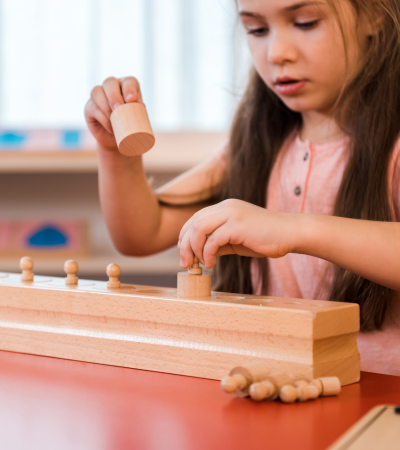Menu
-
- Shop Halloween Toys and Books
-
Shop Gifts By Age
- Gifts For a 0-6 Month Old
- Gifts For A 6-12 Month Old
- Gifts For A One Year Old
- Gifts For A Two Year Old
- Gifts For A Three Year Old
- Gifts For A Four Year Old
- Gifts For A Five Year Old
- Gifts For A Six Year Old
- Gifts For A Seven Year Old
- Gifts For An Eight Year Old
- Gifts For A Nine Year Old
- Gifts For A Ten Year Old
-
Shop Gifts By Budget
- New Arrivals
-
Toys
- Large Active Toys
- Animal Toys
- Arts & Crafts
- Award-Winning Toys
- Bath Toys
- Birthday Wishlists
- Building Toys
- Cars, Trains, & Trucks
- Games
- Instruments
- Loose Parts Play
- Loot Bag Toys
- Made in Canada
- Outdoor Toys
- Pretend Play
- Puzzles
- Sensory And Fidget Toys
- Sensory Bin Tools & Fillers
- STEM Toys & Activities
- Toronto-Themed Gifts
- Travel Toys
- Wooden Toys
- Waiting Room Toys & Furniture
-
Montessori Materials
- Montessori At-Home Program
-
Montessori Furniture
-
Bundles & Sales
-
Books
-
Shop By Age
-
Shop By Brand
- Brands A-F
- Brands G-L
-
Brands M-R
- MagicPlaybook
- Magna Tiles
- Make Believe Ideas
- Makedo
- Manhattan Toys
- Math for Love
- Milaniwood
- MindWare
- Mojo Toys
- Moluk
- Moulin Roty
- Native Northwest
- nic
- Nienhuis
- Ooly
- Opinel
- Ostheimer
- Papoose
- Peaceable Kingdom
- Plan Toys
- Plus-Plus
- Preschool Collection Watches and Timers
- Ravensburger Puzzles
- Real Life Pages
- Brands S-Z
-
- 866-901-4696
- Gift Registry
- Login


What Your Child NEEDS As They Start School
2 min read
With another school year starting, this is a good time to consider just how important it is to develop and strengthen the hands in the early years.
Dr. Montessori's approach focuses on the hand for two reasons:
1. It helps to prepare children for more complex academic tasks - writing, drawing, manipulation of objects in science and math, puzzles, art, etc.
2. It helps to develop independence.
You use your hands to:
- eat, prepare food, open up snack containers, open and close lunch bags
- care for yourself - wash your body/hands, brush your teeth, etc.
- get dressed/put on outerwear & shoes
How Montessori Classrooms Develop and Strengthen the Hands
All of the materials in Montessori environments either directly or indirectly develop the hand.

For instance, the knobbed cylinder blocks (pictured above) develop the pincer grasp in preparation for the coordination of the hand for writing.
Dr. Montessori was very intentional in her design of the early years materials to develop the hand.
There is also lots of time available for repetition of activities in the Montessori classroom.
Repetition develops, strengthens, and refines the hands.
Dr. Montessori was very intentional in her design of the early years materials to develop the hand.
There is also lots of time available for repetition of activities in the Montessori classroom.
Repetition develops, strengthens, and refines the hands.
How You Can Strengthen the Hands At Home
There are lots of ways to develop the hand in the home environment, if your child does not attend a Montessori school:
- Let infants and toddlers explore objects with their hands - food, toys, items from around the home that are safe
- Once they’re showing interest, invite your child to participate in practical life activities around the house - cooking, chopping, sweeping, putting away dishes, folding clothes, etc
- Transfer activities - let them transfer with their hands, scoop, pour, tong, etc. In my opinion, these are the best activities for strengthening the hands. Here's a post on how to set up transfer activities.
- Playdough
- Art activities - peeling stickers, using markers/crayons/pencils, using clay, painting
-
Snap cubes, Lego, Brio Builder, Plus Plus, any other block where they have to work hard to pull the blocks apart and stick them together.
- Playing outside - climbing, hanging, swinging, etc.
Join Our Montessori Community
Sign up to get weekly activities, free printables, Montessori parenting guidance, and so much more.
Plus, get $10 off your first order of $100+.
Like this article? Get new articles, weekly activities, free printables, Montessori parenting guidance, and so much more.
One mom recently shared:
"Your newsletter is always SO great. It is one of the few I open and read weekly. You provide so much value. Thank you!"


